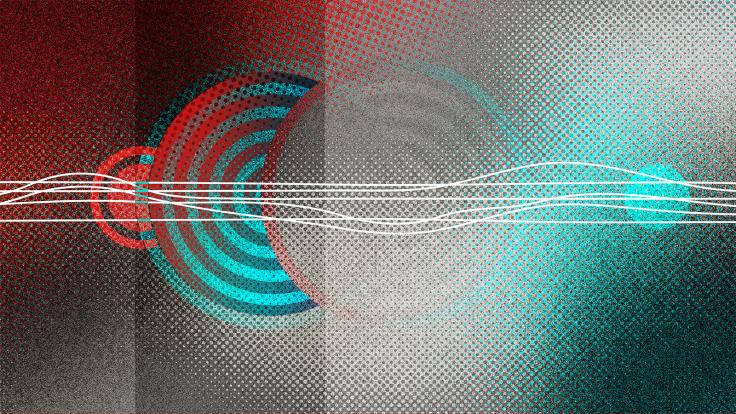Visible matter is made from only a handful of particles, but many more are behind the scenes, affecting what those matter particles do. The W boson, predicted in the 1960s and discovered at CERN in 1983, is one of these cosmic masterminds. And without it, the entire universe would be in the dark.
The W boson is a short-lived particle that carries the weak force, one of the four fundamental forces. While the other fundamental forces can push or pull, the weak force enables particles to change their identities. The power of the weak force can flip protons into neutrons and vice-versa. This process, called radioactive decay, is essential to the nuclear fusion that allows the sun to shine.
W bosons have a few characteristics that make them unique. First, they are incredibly massive, about 80 times more massive than protons. This large mass means that W bosons can act only over very short distances.
Second, W bosons come in two different charge varieties: W- and W+. The plus-and-minus variations allow W bosons to flip neutral particles into charged particles (and vice-versa) without breaking a symmetry in nature called charge conservation.
Finally, W bosons are sensitive to helicity, or “handedness,” which is determined by a particle’s spin in relation to its direction of motion. W bosons interact only with left-handed particles and right-handed antiparticles, which could make W bosons a key in understanding the asymmetry of matter and antimatter in the universe.









